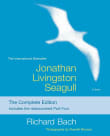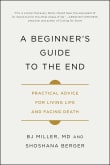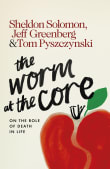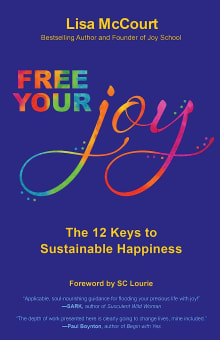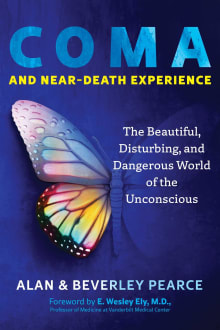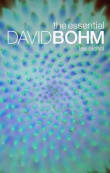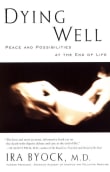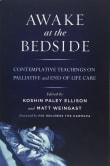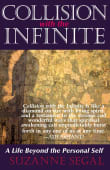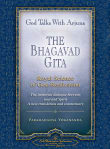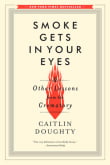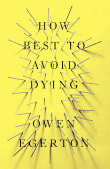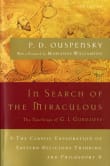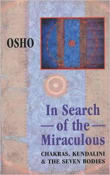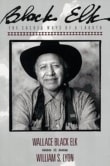The Tibetan Book of Living and Dying
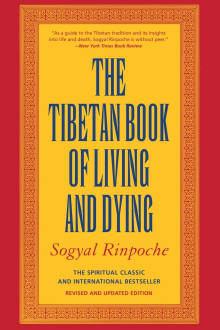
Book description
Explains the Tibetan understanding of what happens when a person dies, and how this can help in a person's daily life, in caring for the terminally ill and the bereaved, and to deepen one's understanding of life.
Why read it?
6 authors picked The Tibetan Book of Living and Dying as one of their favorite books. Why do they recommend it?

When it was published in 1992, Rinpoche’s superior translation replaced the first English translation of The Tibetan Book of the Dead from 1927. This has been a go-to for anyone preparing for their own death or that of a loved one, when the Western way of dying falls short. This book is an indispensable guide to the process of life and death.
From Rande's list on karma and reincarnation.

If we want to live life fully we must embrace death fully.
Death is an integral part of life, which cannot be ignored.
This book helps the reader understand the wisdom of the Tibetan Book of the Dead and its purpose to help the dying soul to dis-identify from the worldly attachments and find liberation from within.
From Mada's list on spirituality and self-discovery.

A lot of people I spoke to in Britain and the US regarded thanatophobia—the fear of dying—as the right, proper, and ordinary human state. So it’s very comforting to read about our death culture through the eyes of someone who wasn’t raised that way. In TTBOLAD, the ‘western’ view of death is held up and examined as very much one of many ways to respond to it—and while it’s certainly not healthy to ignore it until you’re dealing with grief or you’re dying yourself (ie. when you’re at your highest moment of trauma), with…
From Erica's list on to deal with general death anxiety.
If you love The Tibetan Book of Living and Dying...

I find death fascinating. To live fearlessly and with purpose requires an understanding of death. I found this superbly written book to be invaluable in the process.
The Tibetan tradition has had much to offer us about the process of dying and post-death states. This remarkable knowledge is made quite accessible through this book.
From Suresh's list on transformation for enlightenment.

For me, the heart advice for caring for the dying in chapter 11 encapsulates the essence of what you need to know and understand about supporting a loved one who is ill or elderly and is facing death. It is compassionate and offers profound guidance and wisdom not only for death but for life. This book has touched millions of readers coming from all traditions and walks of life.
From Kirsten's list on how to support a dying person.

Rinpoche’s tome on life and, most importantly for those of us in the western hemisphere, death is the essential classic. It transformed my relationship with death into the positive acceptance I now embrace. This isn’t merely theoretical, it served as a guide when I helped my own father pass away. Biggest takeaway: consider and explore death when you’re in a good place, not while in the process of losing someone you love or your own demise.
From Dan's list on for the rest of us to absorb Buddhist essence.
If you love The Tibetan Book of Living and Dying...
Want books like The Tibetan Book of Living and Dying?
Our community of 12,000+ authors has personally recommended 100 books like The Tibetan Book of Living and Dying.

